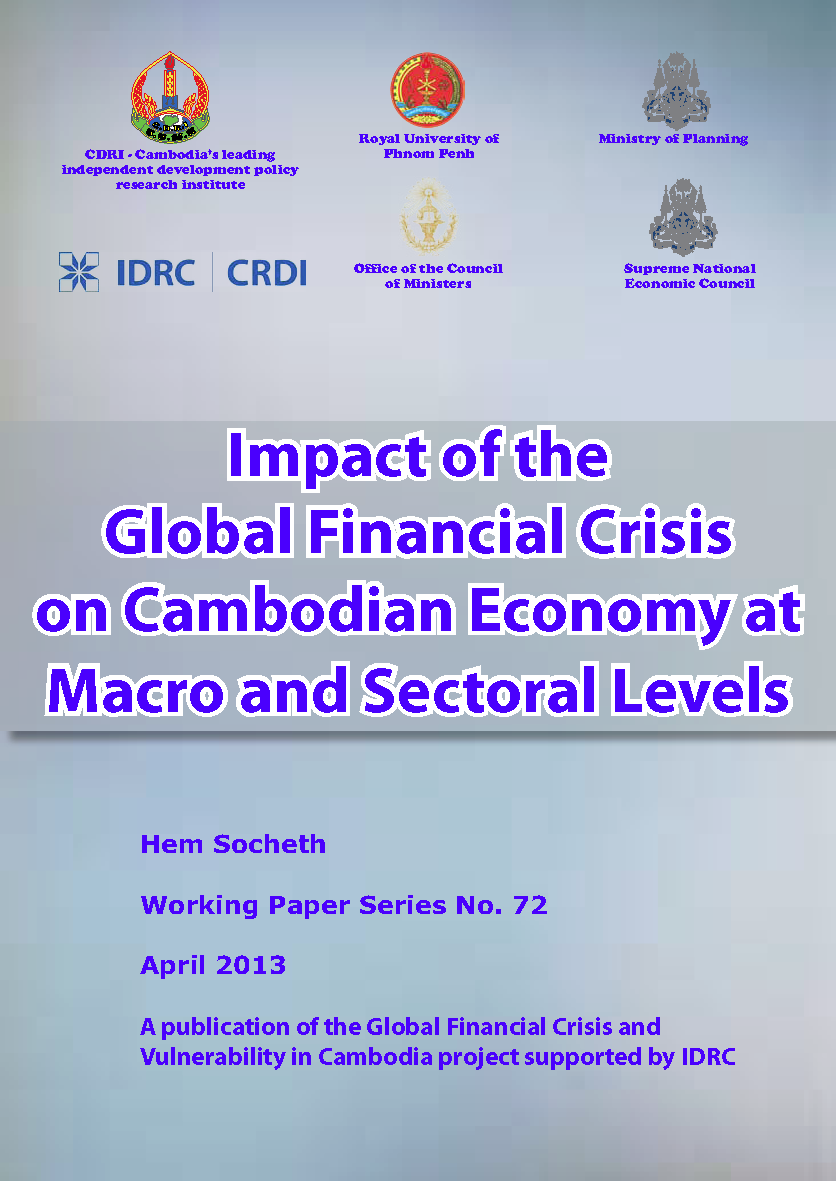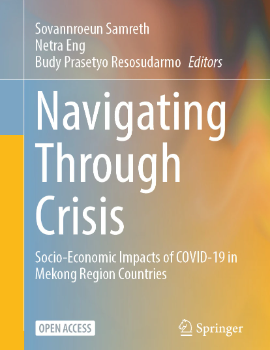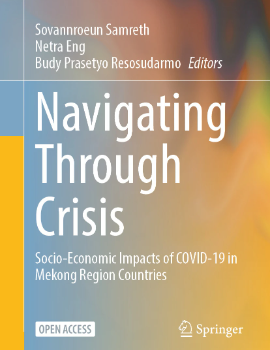
Impact of the Global Financial Crisis on Cambodian Economy at Macro and Sectoral Levels
Keyword: Cambodia economic sectors, global financial crisis, growth vulnerability, government policy response, agriculture and exports
Abstract/Summary
Although the global
economy is recovering from the financial and economic crisis that started in
2008, many countries have not returned to their pre-crisis growth rates.
Cambodia is no exception. Despite its rich endowment of natural resources,
especially minerals, oil and gas, the country still depends on a narrow growth
base of just four sectors: garments and textiles, tourism, construction and
agriculture. Agriculture apart, heavy reliance on foreign investment and
markets makes these sectors vulnerable to external shocks, which have
significant consequences for overall and sectoral economic growth and impact
disproportionately on the employment and income of workers, who are mainly the
poor. There is no evidence of adverse impacts from the global economic downturn
on the banking and financial sector, though reports suggest that many foreign
investors have withdrawn investment capital from Cambodian banks, which to some
extent manifests a setback in the banking sector. Some economists point out
that the weak linkage of Cambodia’s banking and financial sector to the world
financial system has insulated it from the effects of the crisis. The financial
crisis was however a wake-up call for the Cambodian government to review and
rearrange its banking and financial policies to avoid a recurrence of the
credit crisis that stalled the construction sector. Not everything turned out
to be as bad as predicted. Garments and textiles, one of the main engines of
Cambodia’s export sector, suddenly picked up amid the start of world economic
recovery. Ministry of Commerce figures indicate that the sector’s export
performance began to improve in 2010 as demand for Cambodia’s low price apparel
products shot up at a remarkable rate. Despite sluggishness in the property
market, customs and excise reports show that imports of construction materials
have continued to grow. The agricultural sector has performed modestly well and
provided a vital safety net for laid-off workers and returning migrants. Milled
rice export is currently the focus of government efforts to develop the sector,
and newly set production targets should make Cambodia one of the top three
rice-exporting countries in the near future. To promote commercial rice
production, the government has waived tariffs on agricultural products and
encouraged private sector investment in rice processing to grasp higher
value-added. National Bank of Cambodia data indicates that disruption to the
financial and banking sector’s performance has been negligible while that of
microfinance institutions has improved. To tackle the global economic meltdown,
the government formulated a series of strategies including fiscal and monetary
policies, stimulus packages, and the social equity fund that provides a social
safety net to help the poor mitigate the hardship they face, all of which stand
the country in good stead for solid economic growth and prosperity.



